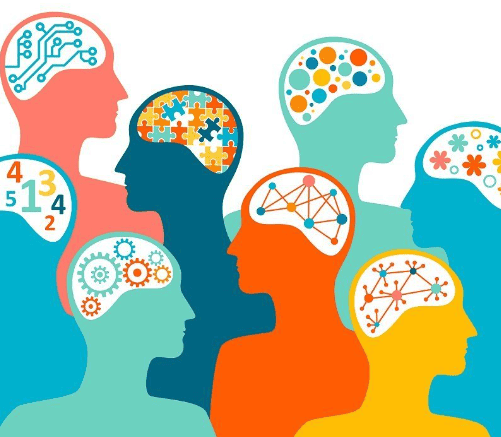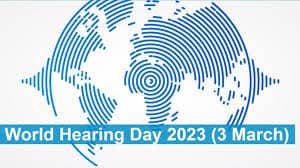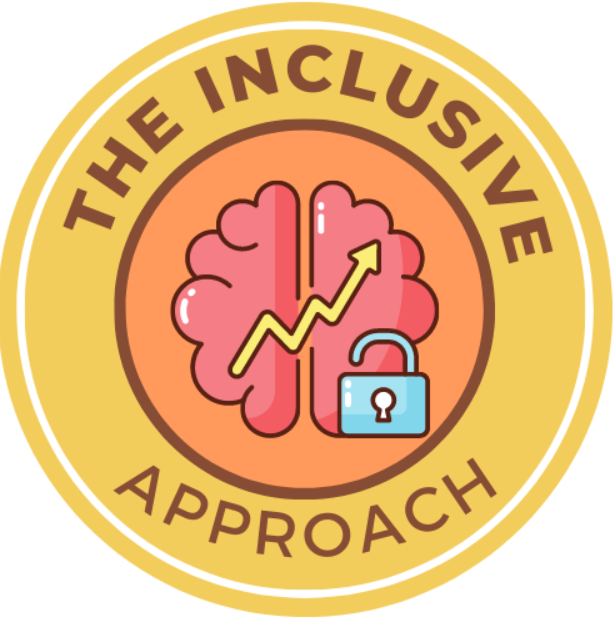Often, vulnerable adults are unable to protect themselves. This can be because they are socially isolated or fear retaliation. They may also be unable to report crimes to the relevant authorities. The goal of protective services is to help protect the vulnerable adult. These services include arranging for living quarters, securing medical services, coordinating existing services, and evaluating the need for these services.
When evaluating the need for these services, government authorities must consider the vulnerabilities of the individual adult. These vulnerabilities may include physical or mental impairments. These impairments can include mental or emotional problems, developmental disabilities, or medical conditions. Some of these may have long-term effects on the vulnerable adult.
A vulnerable adult is a person who is over 18 years of age and has a physical or mental impairment. They may be in need of community care services because of their disability. If you require Trauma informed practice training for working with vulnerable adults, contact Tidal Training who provide Trauma informed practice training
A vulnerable adult is usually given an official clinical diagnosis to ensure that they can receive the proper care they need. They may be assigned to a nursing care facility, psychiatric hospital, or a community residential care facility. They are also placed in semi-independent living situations.
The Department of Health defines a vulnerable adult as a person who is at least 18 years of age and is in need of community care. In some countries, the vulnerable adult must sign a power of attorney over to a solicitor.





